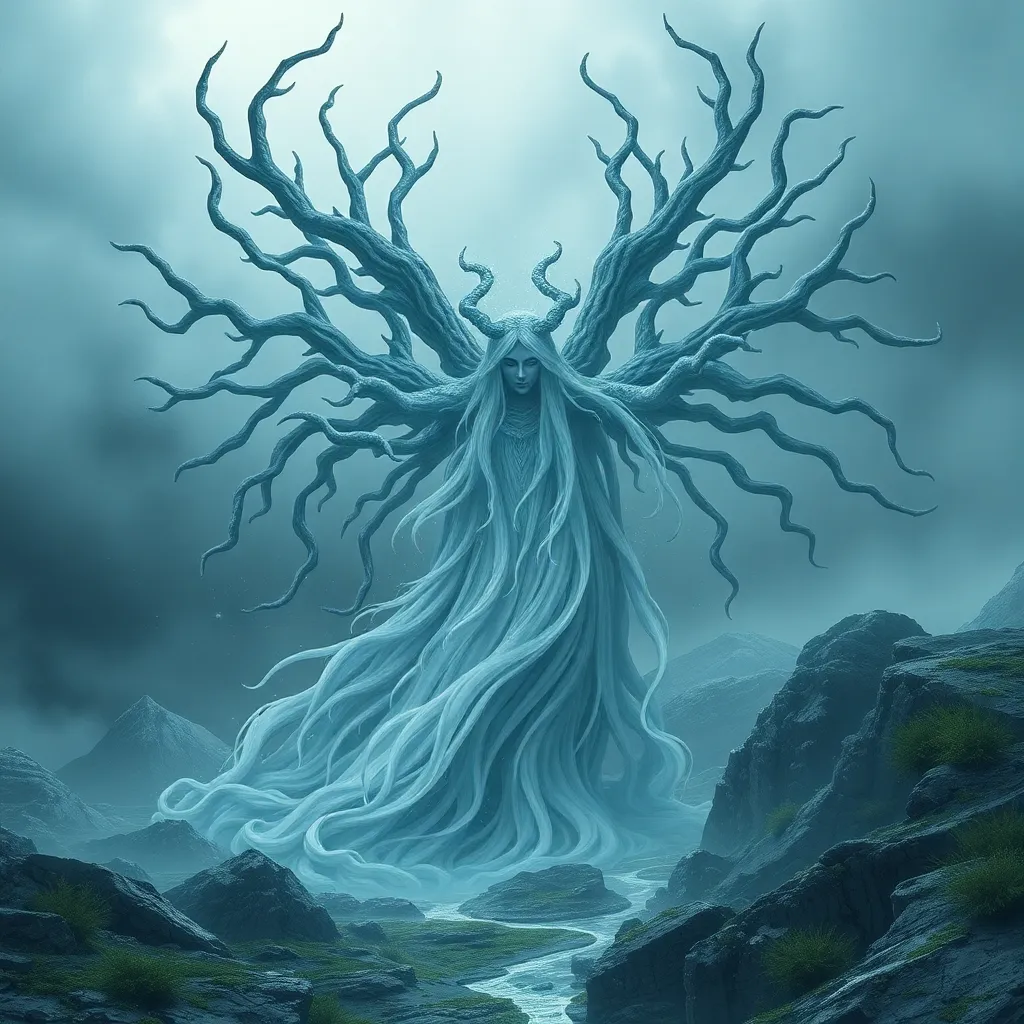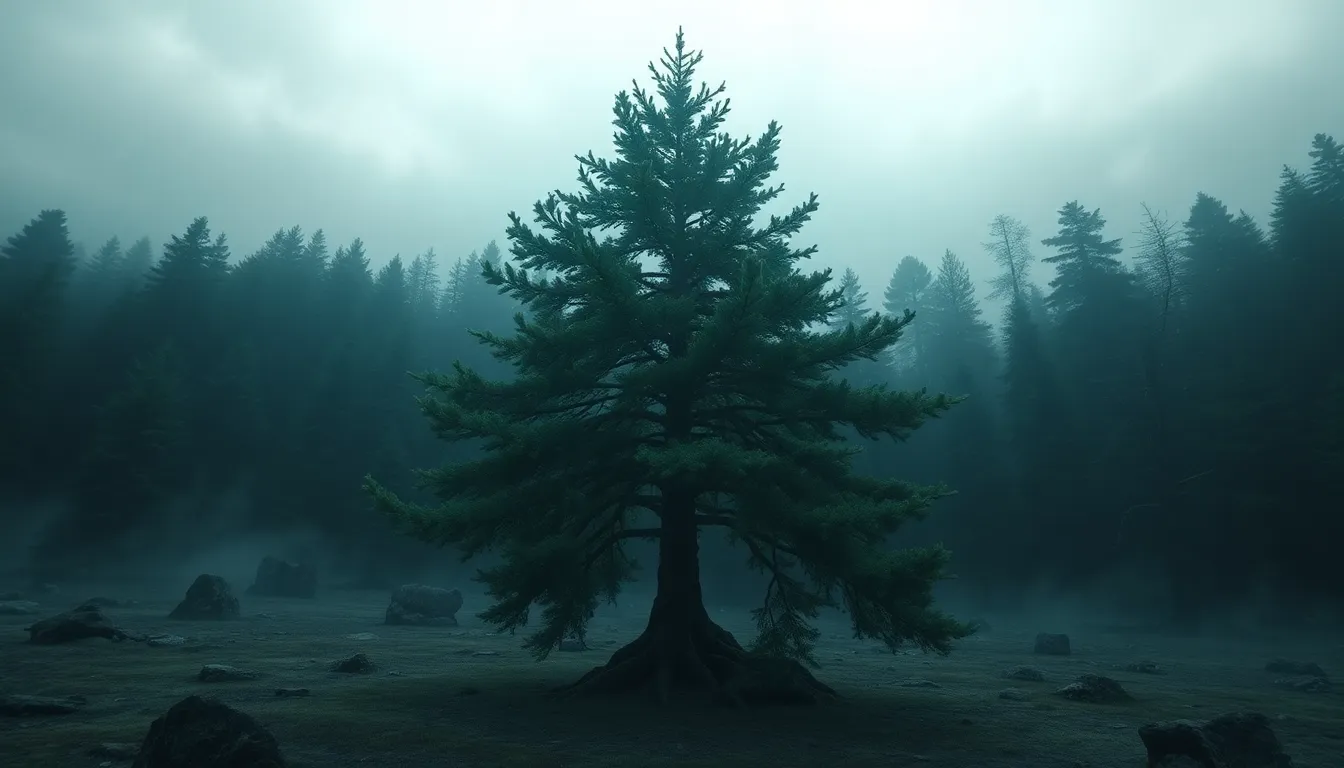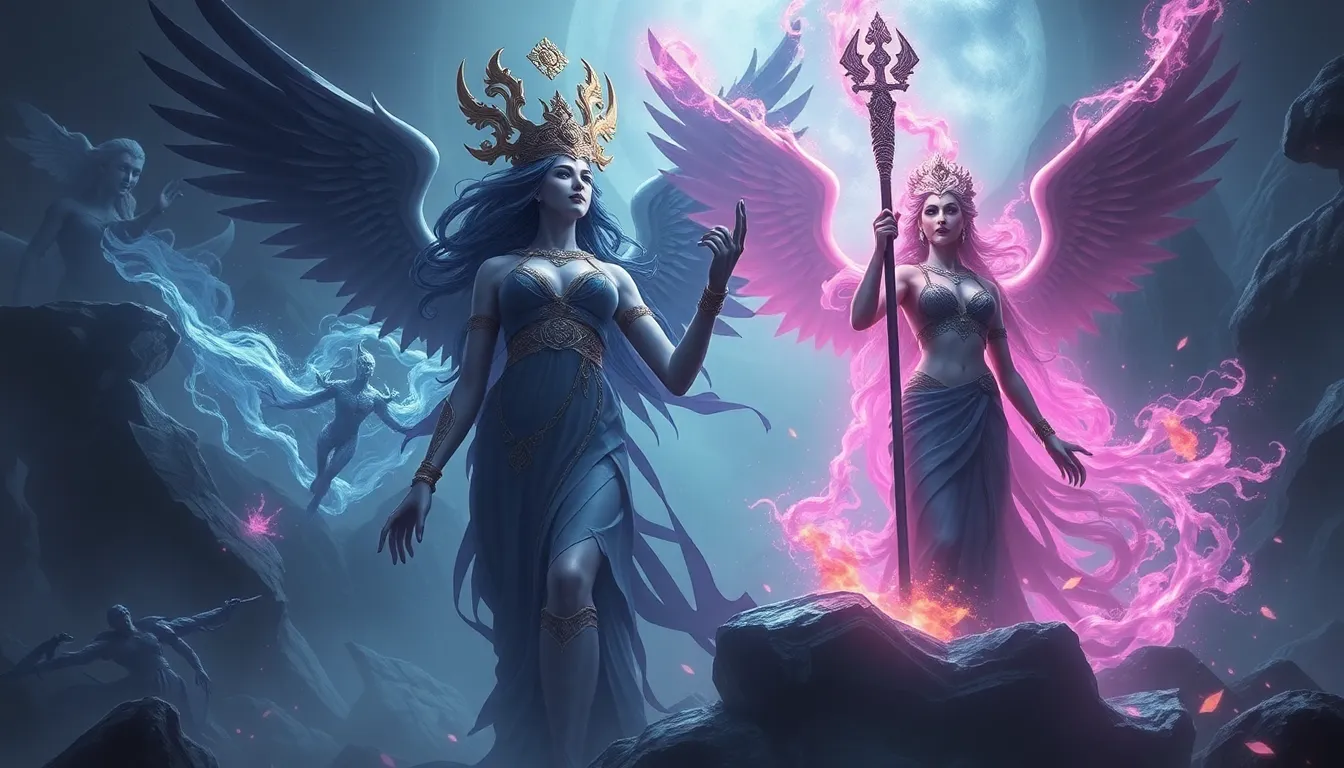Huldra in Scandinavian Myth: Exploring the Spirit’s Connections to Other Beings
I. Introduction
The Huldra, a captivating figure in Scandinavian folklore, embodies the intertwining of beauty, nature, and the supernatural. With roots deeply embedded in the mythology of the Nordic countries, the Huldra captivates the imagination and raises important questions about the connections between various beings in folklore. Understanding these relationships not only enriches our knowledge of Huldra herself but also sheds light on the broader tapestry of mythological narratives woven throughout Scandinavian cultures.
This article aims to explore the Huldra’s origins, characteristics, connections to nature spirits, relationships with other mythical beings, representations in literature and art, and her evolution in contemporary society. Through this exploration, we will uncover the significance of the Huldra in both historical and modern contexts.
II. The Origins of Huldra in Scandinavian Folklore
The origins of Huldra can be traced back to various historical accounts and regional variations within Scandinavian folklore. In Norway, Sweden, and Denmark, she is often depicted as a beautiful woman who lures men into the forest, while in other regions, she may be portrayed with more malevolent traits.
A. Historical accounts and regional variations
- In Norwegian folklore, Huldra is frequently described as a forest spirit, while in Swedish tales, she might be depicted as a water spirit.
- Some accounts emphasize her role as a protector of wildlife, while others focus on her enchanting beauty and seductive nature.
B. Linguistic roots and etymology of “Huldra”
The term “Huldra” is believed to derive from the Old Norse word “hulda,” meaning “hidden” or “secret.” This etymology reflects her elusive nature and the duality of her character – she is both alluring and mysterious.
C. Cultural significance in Scandinavian societies
In Scandinavian societies, the Huldra serves as a symbol of the untamed wilderness and the mysteries of nature. Her stories often convey important moral lessons about the relationship between humans and the natural world, emphasizing respect for the environment and caution against greed and exploitation.
III. Physical Characteristics and Symbolism
The Huldra is often described in strikingly beautiful terms, which can be both enchanting and unsettling. Her physical characteristics are integral to her identity and the symbolism she embodies.
A. Descriptions of Huldra’s appearance
- The enchanting beauty and hidden nature: Huldra is typically depicted as a stunningly beautiful woman with long flowing hair, often adorned with flowers, symbolizing her connection to the forest.
- The significance of the cow’s tail: One of the most distinctive features of the Huldra is her cow’s tail, which is often hidden from view. This tail symbolizes her ties to the natural world and her dual identity as both a human and a spirit.
B. Symbolic meanings attributed to Huldra
Huldra symbolizes the harmony of nature and the allure of the wilderness. She embodies the tension between human civilization and the wild, reminding us of the beauty and dangers that nature holds.
IV. Huldra and Nature Spirits
Huldra’s connections to other nature spirits in mythology reveal her role as a significant figure within the pantheon of Scandinavian folklore.
A. Connections to other nature spirits in mythology
Huldra shares similarities with various nature spirits and deities, such as:
- Skogsrå: A forest spirit in Swedish folklore, often portrayed as a beautiful woman who protects the woods.
- Vetter: Spirits associated with nature that can be helpful or harmful to humans depending on their treatment of the environment.
B. Huldra as a guardian of forests and wildlife
As a guardian of the forests, Huldra is seen as a protector of wildlife, ensuring that the balance of nature is maintained. Her presence is a reminder to humans to respect and care for the natural world.
C. Interaction with humans and their role in the natural world
Huldra interacts with humans in various ways, often serving as a cautionary figure. She may lure men into the forest with her beauty, but those who approach her with greed or disrespect may face dire consequences.
V. Huldra’s Relationships with Other Mythical Beings
Huldra’s relationships with other mythical beings further illustrate her multifaceted nature in folklore.
A. Comparisons to other female spirits in folklore
Huldra can be compared to other female spirits such as:
- Selkie: A seal-woman from Scottish folklore who can transform between seal and human forms.
- Oskoreia: A figure associated with the underworld in Norse mythology, representing death and rebirth.
B. Huldra’s ties to the Underworld and the dead
In some tales, Huldra is linked to the Underworld, often seen as a mediator between the living and the dead. This connection highlights her role in the cycle of life and death.
C. The role of Huldra in tales of love and seduction
Many stories portray Huldra as a seductress who captures the hearts of men, leading to both love and tragedy. These tales often explore themes of desire, loss, and the consequences of crossing boundaries.
VI. Huldra in Literature and Art
The representation of Huldra in literature and art reflects her enduring significance in culture.
A. Representation of Huldra in traditional stories and poetry
Huldra appears in numerous traditional tales and poetry, often depicted as a figure of both beauty and danger. These stories convey moral lessons about respect for nature and the consequences of human actions.
B. Modern adaptations in literature and popular culture
In contemporary literature and media, Huldra has been reimagined in various forms, from fantasy novels to films, showcasing her as a symbol of empowerment and environmentalism.
C. Artistic interpretations and their cultural impact
Artists have depicted Huldra in various mediums, capturing her ethereal beauty and connection to nature. These interpretations continue to influence how Huldra is perceived in modern culture.
VII. The Evolution of Huldra in Contemporary Society
In recent years, there has been a resurgence of interest in Nordic folklore, with Huldra emerging as a significant figure in contemporary discussions.
A. The resurgence of interest in Nordic folklore
The revival of interest in mythology and folklore reflects a broader cultural movement towards embracing heritage and the natural world. Huldra, as a symbol of this connection, has gained popularity.
B. Huldra as a symbol of environmentalism and femininity
Modern interpretations of Huldra often emphasize her connection to nature and femininity, making her a potent symbol for environmental movements and discussions about women’s empowerment.
C. Modern interpretations and representations in media
Huldra appears in various media formats, from literature to video games, often portrayed as a protector of the environment or a complex character navigating the challenges of modernity.
VIII. Conclusion
The significance of Huldra in Scandinavian myth transcends mere folklore; she embodies the interconnectedness of human experiences, nature, and the supernatural. Her stories remind us of the delicate balance between civilization and the wild, urging respect for the environment and the beings that inhabit it.
As we reflect on Huldra’s connections to other mythological beings, we recognize the shared themes of beauty, danger, and the moral lessons inherent in these narratives. In today’s cultural context, Huldra serves as a reminder of the importance of preserving our natural world and the enduring power of myth to convey complex truths about humanity.



